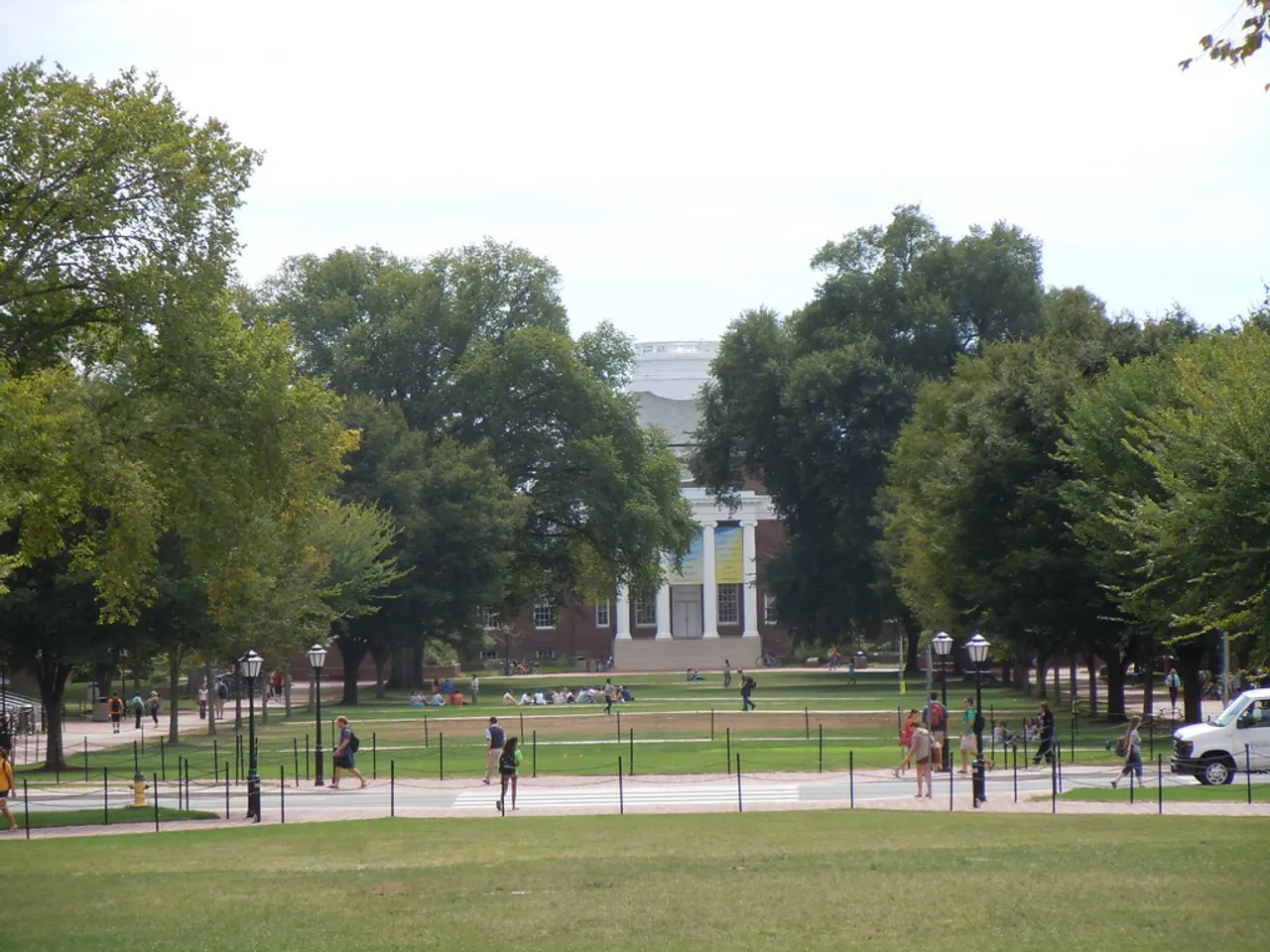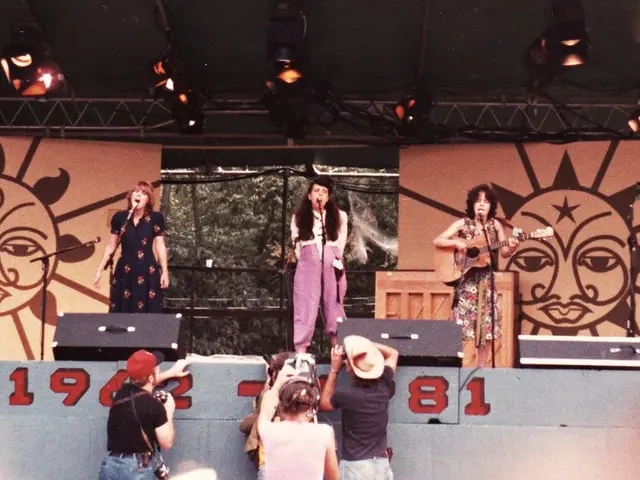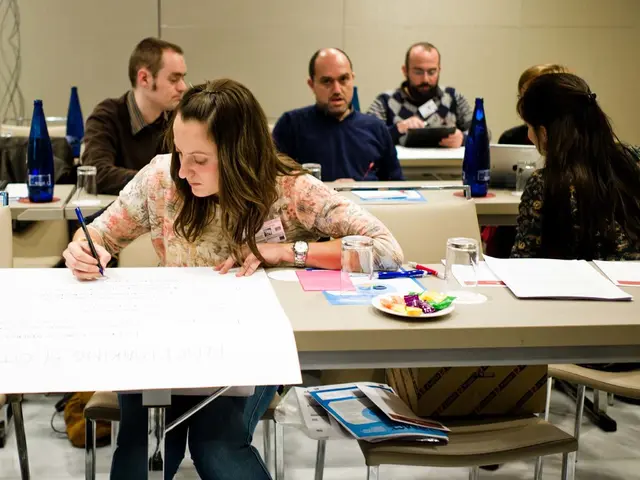Engineering Sequence Spring Semester Journey in BSE
In the realm of engineering studies, the Engineering Sequence is a critical part of the curriculum. To excel in this sequence, it's highly recommended to seek help from various resources, such as office hours, academic advisors, and tutoring services like McGraw.
However, a quick search may not reveal detailed information about specific courses like EGR 153 and EGR 151 within the Engineering Sequence, nor their real-world applications and hands-on lab experiences. Such information is typically found in course catalogues or institution-specific educational materials.
EGR 153 and EGR 151 each have their unique focuses. EGR 153 tends to delve deeper into theoretical aspects or specific engineering disciplines, fostering analytical skills. On the other hand, EGR 151 is often more introductory, covering general engineering principles and methodologies to broaden students' understanding of engineering concepts.
Real-world applications are a significant part of engineering education, and courses with a higher emphasis on hands-on lab experiences might focus on prototyping, testing, and optimizing engineering designs. Hands-on lab experiences are crucial for developing practical skills, such as working with equipment, conducting experiments, analyzing data, and iterating on designs based on feedback.
To get specific details about these courses, it's best to consult the course catalog or contact the department directly. The Engineering Sequence typically begins with Calculus II, followed by Linear Algebra and Multivariable Calculus.
Utilizing resources such as McGraw drop-in tutoring, individual tutoring, and general office hours can significantly help students in the Engineering Sequence. Office hours can be particularly beneficial for solving problem set questions, and professor or TA office hours are recommended for EGR 153 and EGR 154.
EGR 153 labs involve conducting different lab experiments every week and writing an analysis based on findings. These labs are designed to apply physics concepts to simplified real-world scenarios for the sake of learning a particular physics concept. EGR 154, a course that fulfills the linear algebra BSE math requirements, is less real-world application-based compared to other Engineering Sequence courses.
Students should not forget to utilize available resources for the Engineering Sequence. In addition to office hours and tutoring services, students can seek help from their PAA, Residential College Faculty, and Academic Advisers.
EGR 154 is structured with two weekly lectures and weekly problem sets, while EGR 153 is structured with three weekly lectures, a weekly lab, and weekly problem sets and lab analysis papers.
In conclusion, the Engineering Sequence can be challenging, but with the right resources and a proactive approach, students can thrive and gain a solid foundation in engineering principles and practices.
Personal growth and learning are essential for success in the Engineering Sequence, as understanding the real-world applications of specific courses like EGR 153 and EGR 151 is crucial for fostering personal growth and application of engineering-related concepts. Consulting the course catalog, contacting the department, or utilizing resources like office hours, tutoring services, and academic advisors are vital for education-and-self-development in the Engineering Sequence.




